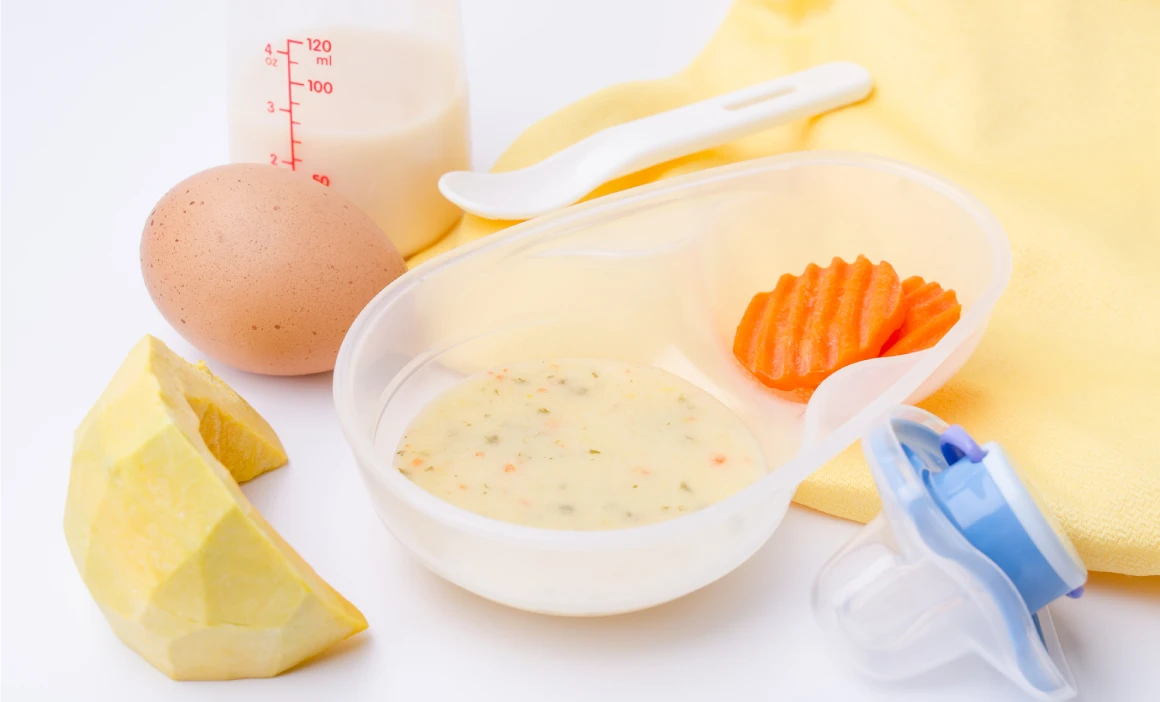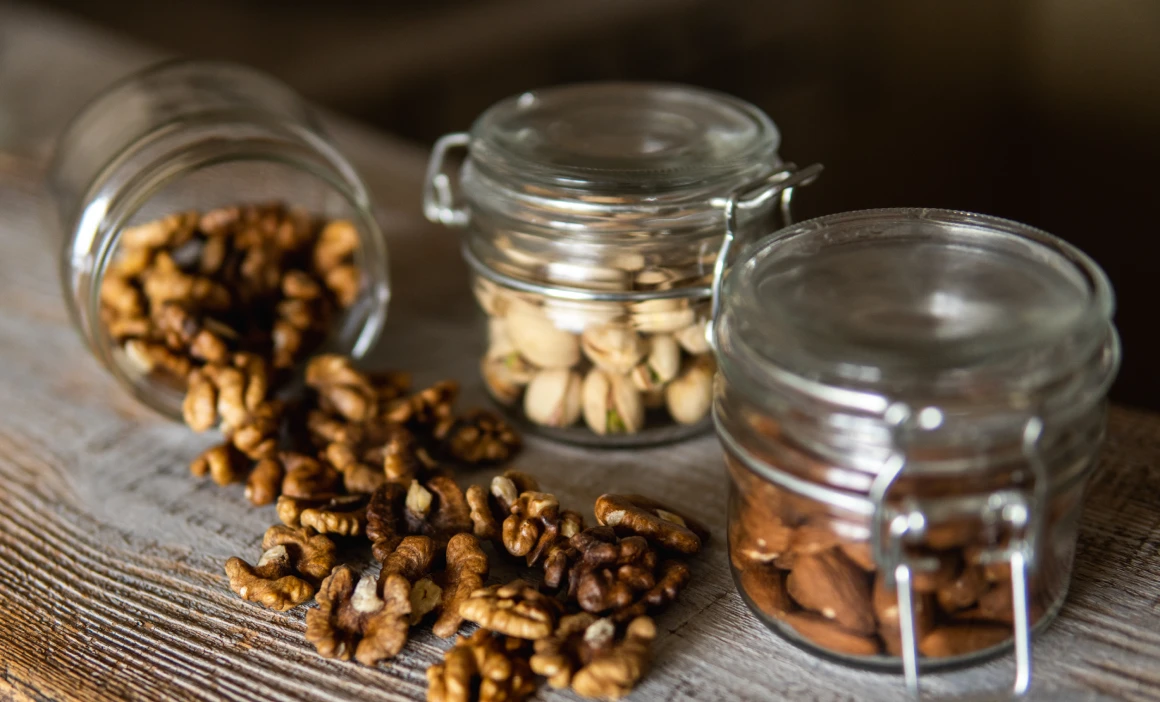
Navigating Solids: Tips and Advice for Introducing Solid Foods to Your Baby

Cradle of Nutrition
- 3 minutes read
Your baby’s first year is full of exciting milestones, and introducing solid foods is one of the most important. This stage helps meet your baby’s growing nutritional needs while supporting essential developmental skills. With the right guidance, starting solids can be a rewarding journey for both you and your baby.
When to Start Introducing Solid Foods?
Knowing when to introduce solids is key to ensuring your baby is ready physically and developmentally. Most babies are ready between 4–6 months, depending on their individual growth and readiness cues.
- Before 4 months: Your baby’s digestive system is not yet developed enough for solids.
- After 6 months: Delaying solids could make it harder to meet their increasing energy and nutritional requirements.
Signs Your Baby Is Ready for Solids
Wondering if it’s time? Look for these signs that your baby is ready to transition from breast milk or formula to solid foods:
- Steady head and neck control: Your baby can sit with support and hold their head upright.
- Explorative behavior: Reaching for objects and putting them in their mouth shows curiosity about textures and flavors.
- Interest in food: They lean toward food, open their mouth, or display clear signals of fullness, such as turning their head away.
- Lost tongue-thrust reflex: They can now swallow food without automatically pushing it out with their tongue.
How to Introduce Solid Foods to Your Baby
Starting solids should be gradual and gentle on your baby’s developing digestive system. Follow these steps to ensure a smooth transition:
Step 1: Begin with Single-Ingredient Purees
Start with simple, easy-to-digest foods like pureed apple, carrot, or pumpkin.
- Why single-ingredient foods? They allow you to identify any potential allergies or food sensitivities.
- Offer small amounts twice a week and observe your baby’s reaction.
Step 2: Wait Before Introducing New Foods
Introduce one new food at a time and wait 4–5 days before trying another. This helps you monitor for any signs of allergies.
Step 3: Combine Foods Gradually
Once your baby tolerates individual foods, mix them to create new flavors and textures, enhancing their eating experience.
Step 4: Continue Breastfeeding or Formula Feeding
Breast milk or formula remains your baby’s primary source of nutrition until around 6 months. Solids are meant to supplement—not replace—milk at this stage.
Why Is Introducing Solids Important?
Starting solids isn’t just about nutrition, it’s a vital developmental milestone. Here’s how it supports your baby’s growth:
- Improved motor skills: Picking up food and bringing it to their mouth develops hand-eye coordination.
- Better posture: Sitting upright strengthens core muscles and aids safe swallowing.
- Oral development: Chewing and moving food with their tongue prepares muscles for speech.
- Sensory exploration: Eating engages multiple senses—sight, smell, taste, touch, and even sound—helping your baby explore the world in new ways.
For babies, eating is an exciting sensory journey, offering opportunities to discover different textures, smells, and colors.
Trust Your Baby’s Taste Preferences
Your baby’s taste buds are unspoiled by years of salty or sugary foods, so what seems bland to you might be delightful to them. Avoid adding salt or sugar to their meals, and let their natural curiosity guide their preferences.
Foods and Practices to Avoid
To ensure your baby’s safety and health, keep these tips in mind:
- Avoid unnecessary supplements: Stick to pediatrician-recommended vitamin D drops. Over-supplementing can be harmful.
- Don’t start solids too early: Introducing solids before 4 months can overwhelm your baby’s developing digestive system.
- Say no to choking hazards: Foods like nuts, whole grapes, and chunks of raw vegetables should be avoided until they can chew safely.
Make Mealtime a Family Experience
Eating together is about more than food—it’s a bonding experience. Include your baby in family meals to create positive associations with food and foster connection. Even if they’re just observing, the social aspect of mealtime helps them feel included.
Tips for a Smooth Transition to Solids
- Pay attention to your baby’s hunger and fullness cues.
- Celebrate small successes and stay patient through any challenges.
- Experiment with different flavors and textures as your baby grows more comfortable with solids.
A Unique Journey for Every Baby
Introducing solids is an exciting and personal experience. By starting at the right time and letting your baby’s cues guide you, this process can be a joyful opportunity for exploration and growth.
Embrace the journey, savor these milestones, and watch your baby develop a love for food that will last a lifetime!
Sources:
- Introducing Solid Foods and Vitamin/Mineral Supplementation During Infancy – Uptodate.com
- Swedish Food Agency (Livsmedelsverket): Good Foods for Infants (Under One Year)
- Dr. Márta Boda & Dr. Endre Sulyok: Pediatrics, Medicina Publishing, 2008, Budapest






